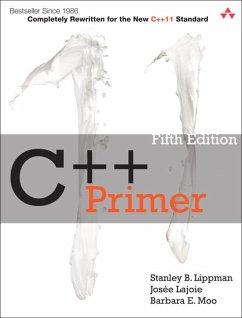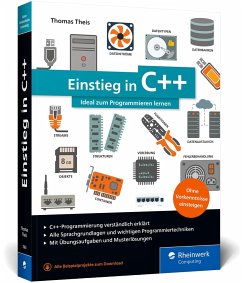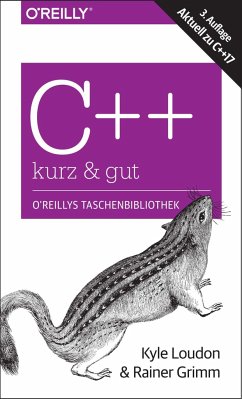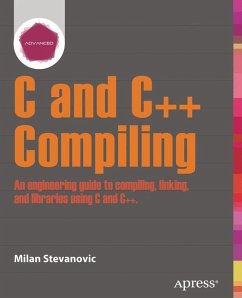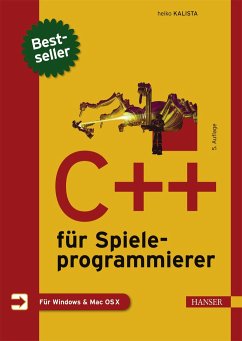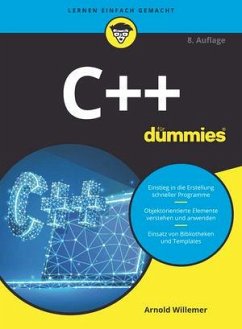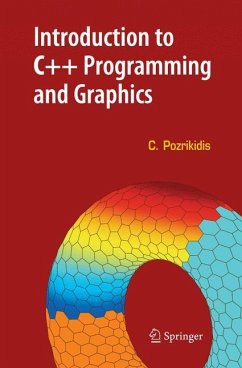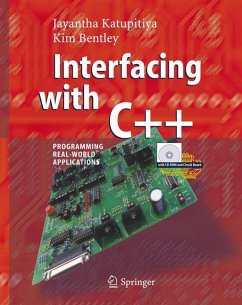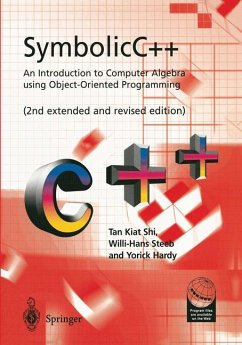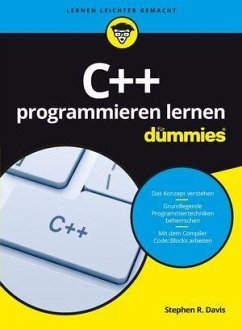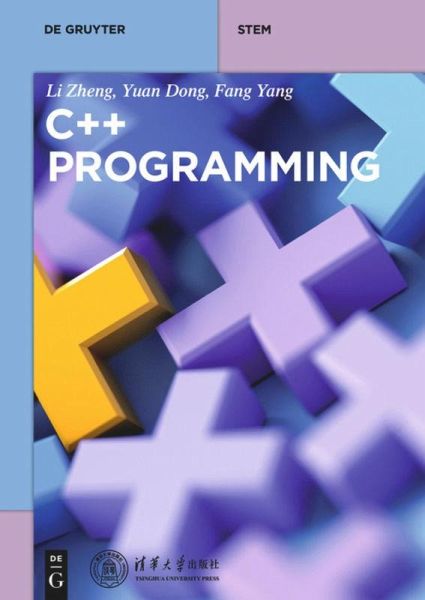
C++ Programming
Versandkostenfrei!
Versandfertig in 1-2 Wochen
67,99 €
inkl. MwSt.

PAYBACK Punkte
34 °P sammeln!
This book begins by explaining key concepts in programming, and elaborates on characteristic of class, including inheritance, derivation and polymorphism. It also introduces generic programming and Standard Template Library, I/O Stream Library and Exception Handling. The concepts and methods are illustrated via examples step by step, making the book an essential reading for beginners to C++ programming.





